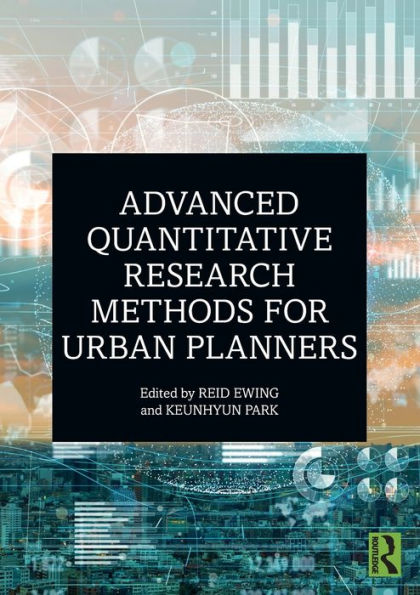5
1
9780367343262



Advanced Quantitative Research Methods for Urban Planners / Edition 1 available in Hardcover, Paperback, eBook

Advanced Quantitative Research Methods for Urban Planners / Edition 1
- ISBN-10:
- 0367343266
- ISBN-13:
- 9780367343262
- Pub. Date:
- 03/31/2020
- Publisher:
- Taylor & Francis
- ISBN-10:
- 0367343266
- ISBN-13:
- 9780367343262
- Pub. Date:
- 03/31/2020
- Publisher:
- Taylor & Francis

Advanced Quantitative Research Methods for Urban Planners / Edition 1
$54.99
Current price is , Original price is $54.99. You
54.99
In Stock

Product Details
| ISBN-13: | 9780367343262 |
|---|---|
| Publisher: | Taylor & Francis |
| Publication date: | 03/31/2020 |
| Pages: | 306 |
| Product dimensions: | 6.88(w) x 9.69(h) x (d) |
About the Author
From the B&N Reads Blog
